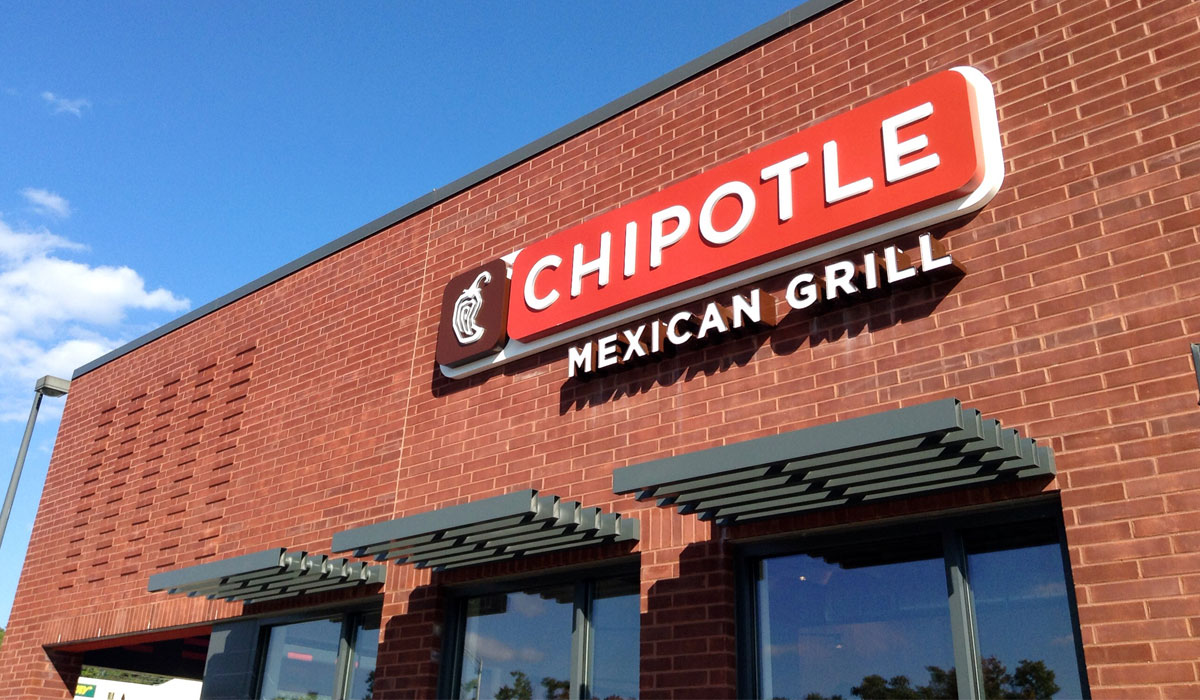Chipotle. Its name can trigger a twinge of anxiousness among those who remember the public humiliation and shedding of customers that happened two years ago after foodborne illness outbreaks happened at multiple locations of the chain. Chipotle has since announced a plan to change course and regain the lost faith of their customers, focusing on operational changes, digital innovation and restaurant renovations to enhance guests’ experience. But the sad truth is this: If the need for these efforts had been identified earlier, a public relations disaster could have been avoided entirely.
What Chipotle lacked was a reliable window into what was happening in both the front and back rooms of each location. The right mechanisms were not in place to measure what each customer was experiencing from the moment they walked in the door, and in this case what was happening hours later, due to the lack of food safety oversight.
So, how can your company avoid becoming the next Chipotle? Here are four things to keep in mind:
When it comes to operational excellence, don’t cut back—double down
Cost cutting initiatives are a fact of life. But efforts to improve and shape customer perceptions such as audit programs, mystery shoppers and employee incentives should not be on the chopping block, because the negative, long-term operational consequences can far outweigh any short-term gains. In our own experience, we’ve had 3 clients return to us after canceling or cutting back on programs that focused on improving operational and customer service excellence. In all 3 cases, these clients discovered that cutting these programs cost more in operational losses, customer loyalty, and ultimately revenue, than any savings from halting the programs.
What you don’t measure … won’t change
Whether you want to make improvements that avoid Chipotle-like pitfalls or build customer confidence by exceeding already high standards of service, you need to first establish a baseline that you can improve upon. You can use programs that include mystery shoppers to take a “state of the union” for your business. Mystery shoppers can answer critical questions such as: “What positives and negatives are my customers experiencing throughout their engagement lifecycle?”
You can use mystery shoppers to find the gaps in your customer service, identify bad product impressions and find physical storefront issues that are leaving a bad taste with your consumers. As you move forward in addressing these issues, regular return visits on the part of mystery shoppers can track whether real and measurable progress is being made.
The carrot is mightier than the stick
When issues are identified on the part of employees, we’ve found that incentives work much better than penalties in addressing performance issues. Using concepts like gamification, elements of game playing and healthy competition can increase employee engagement. Also, adding stimulating new incentives for employees can boost dynamic, on-the-job problem solving and proactive thinking.
Rewards for a gamified incentive campaign typically follow the SAPS method. Breaking down into Status, Access, Power and Stuff, SAPS is a way to rank the value of different rewards by priority, with status as the highest reward. The goal here is have different tiers of rewards, coupled with the ability to personalize gifts to the achievements of the employee receiving the reward. The games and the rewards should vary based on different aspect of the jobs that employees perform and the results you are seeking to achieve. Another key to this approach is that these incentives take the form of an ongoing effort. Behavior, and ultimately cultural, change only occurs when positive reinforcement continues on a regular basis.
Actionable insights only work when action is actually taken
This may seem obvious, but all of the audit and mystery shopping programs in the world will not improve anything if all they produce is a report to be filed. The insights gained from these programs can contain revelations into what’s really happening within your business, but revelations must be translated into specific, well-planned and executed actions. All possible responses should be on the table, including employee training to help your teams understand the “why” behind the effort, gamification and incentives to help build momentum in making positive change happen, and ongoing reporting to ensure that the movement occurring within your organization is in fact positive.
When you deploy this type of roadmap to get and stay on track in outperforming customer expectations, you can put anxieties around “the Chipotle factor” to rest and move confidently forward focusing on how to grow and expand your business.









